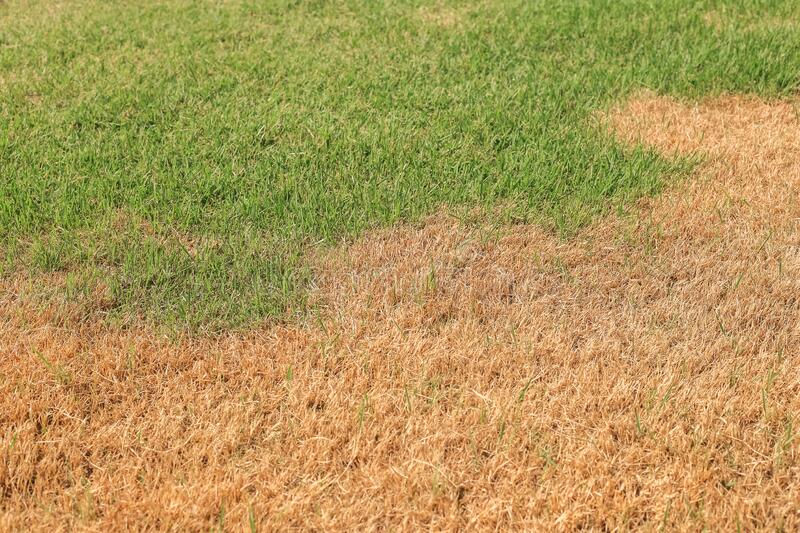During the autumn months, keeping your lawn healthy can be a big task due to several common lawn diseases. In order to prevent major damage being caused to your lawn as a result of these diseases, it's imperative that you're able to identify, diagnose and treat the diseases as quickly as possible. Here, we go through some of the most common autumn lawn diseases and offer some advice on how is best to avoid them, saving you a lot of time and money in the long run.

Signs & symptoms of autumn lawn diseases
During the hotter summer months, it's completely normal for your lawn to look a bit off-colour. However, when autumn comes along, the grass on your lawn should start to green-up again nicely. A healthy lawn will be a uniform colour with no bare bits and no odd-coloured patches. If the sward does contain discoloured spots, then there's a pretty good chance that your lawn has fallen victim to one of the common autumn lawn diseases. Typically these diseases have been confined to the autumn and winter months but their seasons are starting to expand as our winters become milder. So, despite us looking mainly at autumn diseases, be sure to take the information away and keep an eye on your lawn all year round.
So, let's take a look a the different autumn lawn diseases you are likely to come across!
Fusarium patch disease
Fusarium is one of the most common autumn lawn diseases and is often found within mild, damp weather in lush, green lawns. This lawn disease is caused by a fungus known as microdochium nivale which is present in the soil all year round. However, it only becomes a problem if the population gets out of control. This happens when the conditions are just right for it to reproduce at high speeds.
The very first signs that you need to be looking out for when fusarium is present are small orange patches on the lawn. These patches are roughly circular and can grow very quickly. From time to time, you may also see white fungus on the leaves. Typically, a good frost would kill the disease, leaving some discoloured scars but they should grow out in the springtime.

Redthread disease
Redthread disease is often associated with malnourished lawns and can appear at any time of the year. Just like fusarium, redthread disease is a fungal disease. This time, however, it is caused by Laetisaria fuciformis. If your lawn has redthread disease, you will notice irregularly-shaped areas of pink-tinged grass. When you look closely, you'll see small pink-ish/red strands of thread attached to the grass blades.
The best time to tackle redthread disease is during the spring or summer time by using a nitrogen feed across the whole lawn. Be very mindful of feeding between September and Match as too much nitrogen during this time of the year could encourage fusarium patch disease. Learn more about redthread disease below.
Redthread Disease >
How to avoid autumn lawn diseases
To avoid autumn lawn diseases, a good, basic lawn care routine that is practised throughout the year is needed. When your lawn is in tip-top shape, it resists diseases for longer and recovers quicker. Regular feeding and mowing throughout the growing season, supplemented with scarification and aeration will keep the grass and the soil underneath in the very best of health.
If you take anything away from this blog post, it would be that the number one rule to follow during the autumn months is to remove all fallen leaves quickly. This will help to prevent the onset of autumn lawn diseases.
If you think you require more information about general lawn disease protection or more tips on how to care for your lawn during the autumn, then please feel free to follow the buttons below where you will be directed to further resources.
Lawn Disease Protection > Autumn Lawn Care >